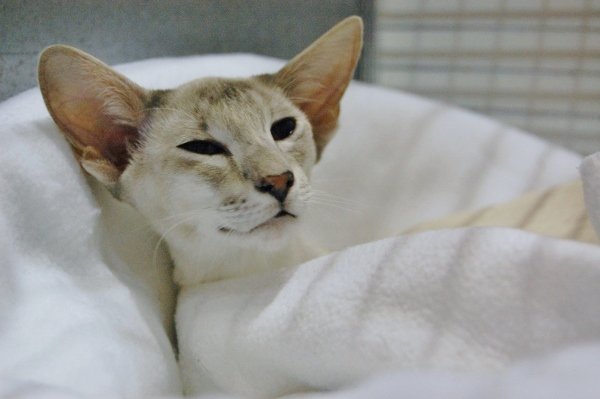

The reduced temperature allows the mutated enzyme to effectively participate in the creation of pigments, resulting in darker fur in those areas. The cat's paws, face, ears, and tail are cooler because they are further away from the core of the body. When it's too warm, the mutated tyrosinase in colorpoints simply won't work, preventing the production of melanin.

Colorpoint cats have a mutated version of the enzyme which is sensitive to heat. When the body produces melanin, it uses an enzyme called tyrosinase. The lack of melanin in the eye creates blue eyes. Without melanin, we get light colors, such as white or cream in the coat. The pigment molecule involved is called melanin and it's produced at the base of the growing hair. The color of a cat's coat is the result of the pigmentation of the individual hairs. So, why wait? Keep scrolling and unveil the mystic beauty of these magnificent feline pals. We've got answers to all the questions stirring in your mind. In this piece, we unravel the genetic secrets behind flame point coloring. It's a sight that's not common, but guess what? This dazzling coloring can pop up in a variety of breeds, and even in domestic cats with no specific breed lineage.Įver pondered the role of genetics in defining a cat's color? We're here to satisfy your curiosity. A gem of the Siamese breed, their coats are a luxurious cream or off-white, adorned with vivid reddish points. Yet, have you stumbled upon the uncommon Siamese Flame-Point variant?ĭon't worry, we have done the research to bring you every detail about this extraordinary coloration.įlame point Siamese cats are a rare treat to behold. Intrigued by Siamese cats' allure? Their unique origins and stylish allure have mesmerized us for years.


 0 kommentar(er)
0 kommentar(er)
